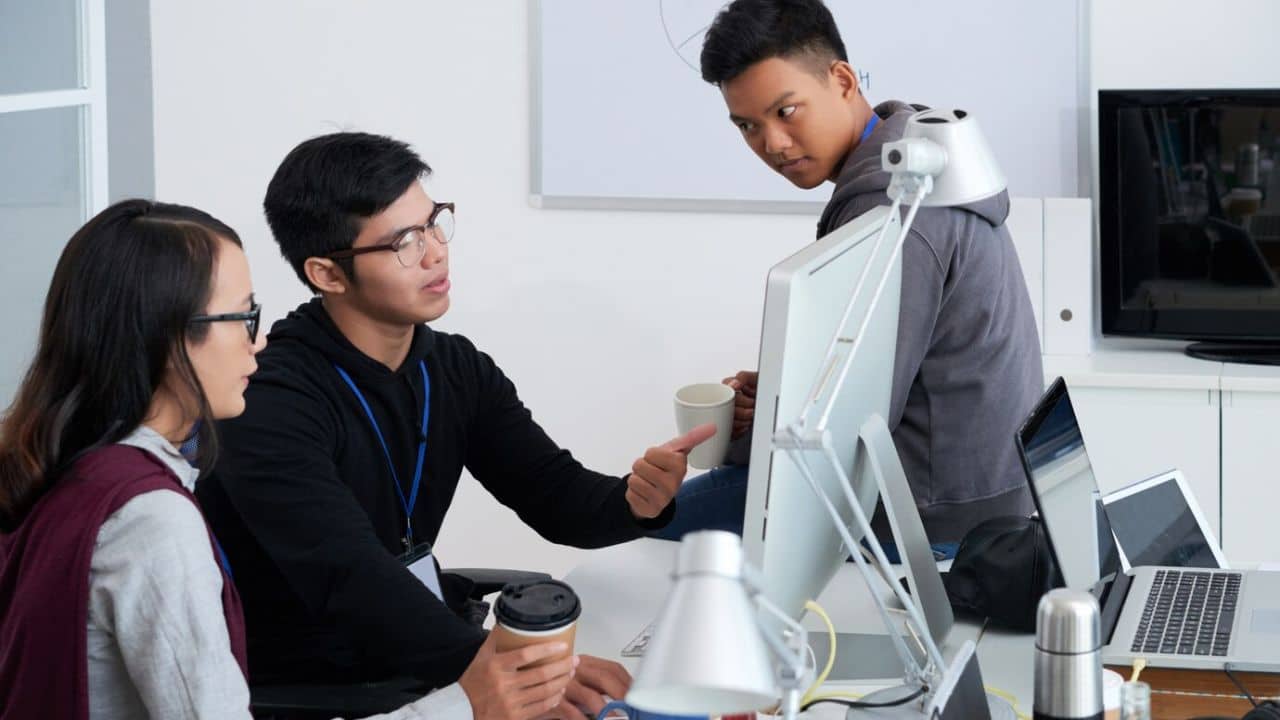Artificial intelligence (AI) is transforming the digital design process, streamlining workflows, fostering creativity, and empowering designers to achieve more with less effort. From automating repetitive tasks to generating fresh ideas and designs, AI tools are reshaping how designers approach their craft. These innovations are not only improving efficiency but also expanding the possibilities of creative expression in the digital space.
Streamlining Repetitive Tasks
One of AI’s most significant contributions to digital design is its ability to automate time-consuming, repetitive tasks. Designers often spend hours aligning elements, resizing images, and adjusting layouts to fit various formats. AI tools like Adobe Sensei, Canva, and Figma’s smart features simplify these processes by automatically generating layout variations, suggesting alignments, and resizing assets for different platforms.
For example, AI-powered tools can generate multiple versions of a website layout based on a single design, saving time and effort. Features like Adobe’s Content-Aware Fill and Photoshop’s Neural Filters allow designers to remove unwanted objects, enhance images, or apply artistic effects with just a few clicks, drastically reducing manual labor.
Enhancing Creativity and Ideation
AI is not just about automation—it’s also a powerful creative collaborator. Tools like ChatGPT and Runway ML help designers brainstorm ideas, generate concepts, and explore new possibilities. By analyzing data and trends, AI can suggest innovative approaches to branding, layout design, and user experiences.
For instance, designers can use AI to generate mood boards, color palettes, or even typography suggestions tailored to their project. This capability accelerates the ideation phase, providing a springboard for human creativity while ensuring designs are fresh and aligned with current trends.
The Role of AI-Driven Art Generators
AI-driven art generators, such as CGDream, MidJourney, and Stable Diffusion, have revolutionized the creation of custom visuals. These tools allow designers to create unique artwork based on text prompts, producing stunning results in minutes. Whether it’s a surreal landscape, a hyper-realistic product mockup, or an abstract background, AI art generators provide a fast and cost-effective way to produce high-quality visuals.
For example, a designer working on a digital campaign for a futuristic tech product might use an AI art generator to create a visually striking concept image that sets the tone for the entire project. Similarly, artists can use these tools to generate variations of a theme, experimenting with styles and compositions before selecting the perfect fit.
However, the rise of AI art has sparked debates about authorship and originality. Since these models are trained on vast datasets of existing images, questions about intellectual property and ethical use remain critical considerations. Despite these challenges, AI-driven art generators are becoming indispensable tools for designers seeking inspiration and efficiency.
Personalization and User-Centric Design
AI excels at personalization, enabling designers to create tailored experiences for diverse audiences. By analyzing user behavior and preferences, AI tools can help designers craft interfaces and layouts that resonate with specific demographics. Platforms like Adobe XD and Sketch integrate AI-driven plugins to suggest design variations optimized for user engagement and usability.
For example, an e-commerce website can use AI to generate product page layouts tailored to different user groups, ensuring a seamless shopping experience. AI tools also facilitate rapid A/B testing, allowing designers to refine visuals and layouts based on real-time feedback and performance data.
Collaboration and Team Efficiency
AI is also enhancing collaboration among design teams. Tools like Figma, with its AI-driven plugins and automated features, enable teams to work together seamlessly, even when operating remotely. AI-powered version control systems track changes, suggest edits, and ensure consistency across projects, reducing the risk of miscommunication and errors.
By automating administrative tasks, such as file organization and deadline tracking, AI allows designers to focus on their creative work, improving productivity and team cohesion.
Challenges and Ethical Considerations
Despite its many benefits, AI’s integration into the design process raises important ethical questions. The potential for job displacement, the risk of over-reliance on automated tools, and concerns about the homogenization of creative outputs are valid challenges. Designers must strike a balance between leveraging AI’s capabilities and preserving the human touch that defines great design.
Transparency is also crucial. When using AI-generated elements, designers must ensure that they adhere to copyright and ethical guidelines, maintaining the integrity of their work.




































